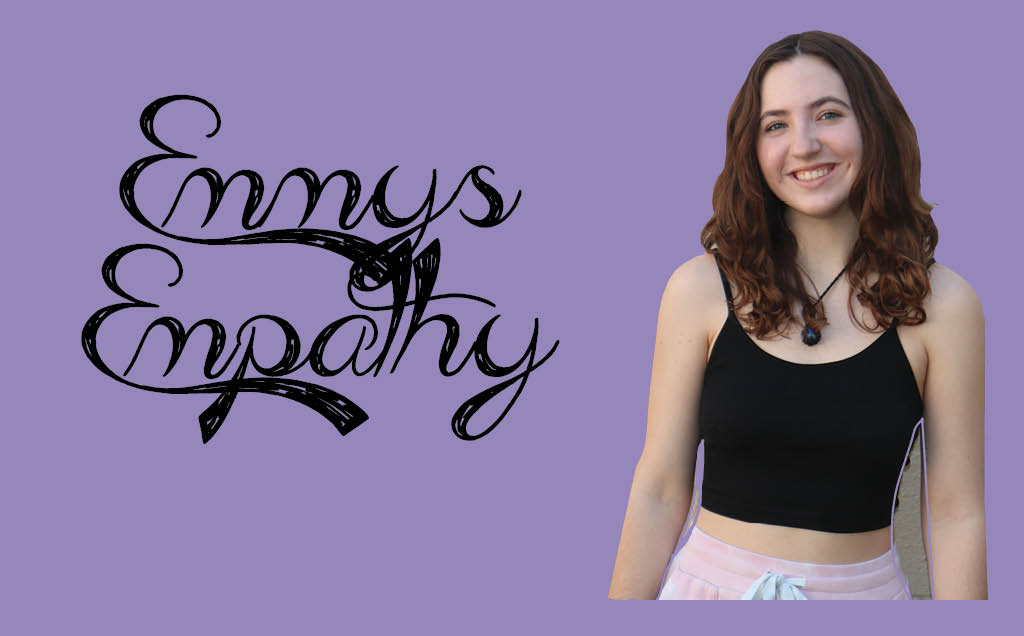Over the past few years, mental health struggles in teenagers drastically increased. Mental health has gained light but still consists of stigma.
According to the CDC, in 2019 approximately one in six youth reported making a suicide plan in the past year, a 44% increase since 2009. More than one in three high school students experienced persistent feelings of sadness or hopelessness, and more than a third of teenage girls experienced mental health struggles.
Furthermore, mental health affects minority groups strongly. Around half of LGTBQ+ students reported they contemplated suicide. Suicide rates of Black students increased by almost 50% in 2019.
A source of negative mental health for teenagers comes from academic stress. Over the past years, the pressure on students to excel academically has increased. Students with dreams of getting into competitive four-year universities overextend themselves and enroll in multiple AP courses while managing extracurricular activities, tutoring to improve standardized test scores and spending countless hours on volunteering.
The pressure of being a highly-competitive academic student leads to an overextension where students are encompassed by their school work causing mental struggles. It can lead to an unhealthy amount of stress, anxiety or even depression. Students desire to achieve their dreams, but schools continue to push themselves limits too far.
High school students are pressured into believing in order to achieve academic success, a student should take at least four or five AP classes annually to make them seem competitive for a four-year university. AP classes consist of challenging academic coursework meant to be the same as a college introductory class. A full-time college student takes about four to five classes a semester. However, high school students enrolled in the same amount of college-level classes are also participating in high school classes to fill their seven period class schedule and extracurricular activities, adding to the stress of students’ daily lives. This scenario correlates with the average college student which adds to the intensity of the student’s life and their ability to handle situations.
In OCPS schools, the district implemented a mental health program to bring light to teenagers’ mental health and mental illness. The schools are trying to iterate ideas into students’ brains to help them handle and overcome mental health struggles.
However, the mental health program proves to not truly hit the hearts of the high schoolers with mixed reviews. Students are allowed to opt out of participating in the mental health program. But, students don’t necessarily know what they are opting out of as the topics are not discussed prior to the lessons. This proves to be a great downturn to the program. If the students do not know what they are about to endure, they can’t prepare for their reaction. Topics like suicide and drug addiction are very delicate emotional topics and students deserve to know what they will have to sit through. Due to the severity of the topics, students should receive an overview of the topics discussed prior to the lessons then make the choice to opt out or not.
Since these are such sensitive topics, having teachers discuss them with their students inches over the line between student and teachers’ boundaries that they may not feel comfortable crossing. Guidance counselors are trained in the field of mental health so should they be the ones discussing it to the students since they are the ones that are truly certified in the topic rather than the traditional school teacher.
Mental health is no joke and deserves to be talked with someone who is trained and equipped to do so. To reduce the stigma on mental health, talk to others, take the topics seriously and truly reach out.
